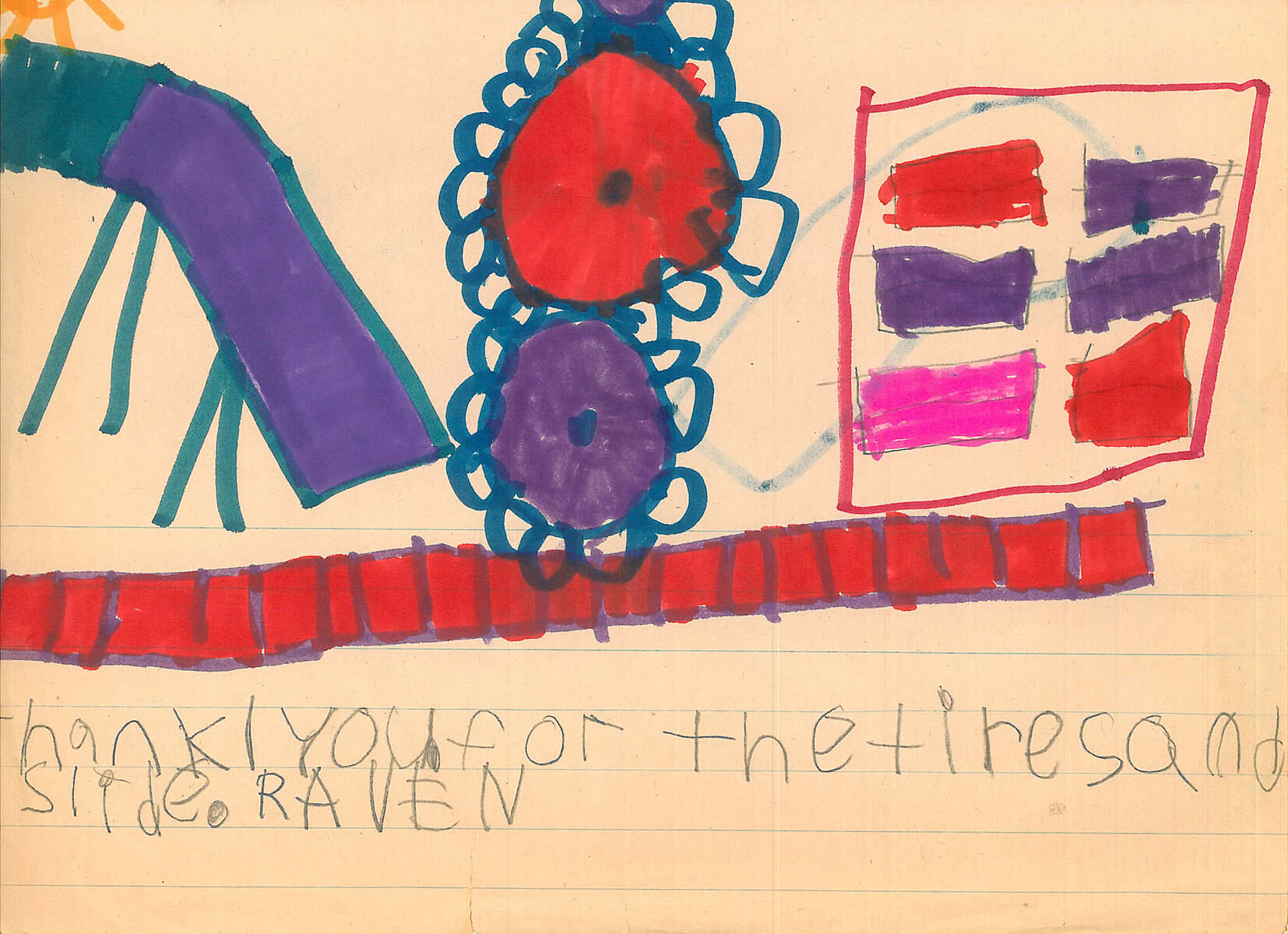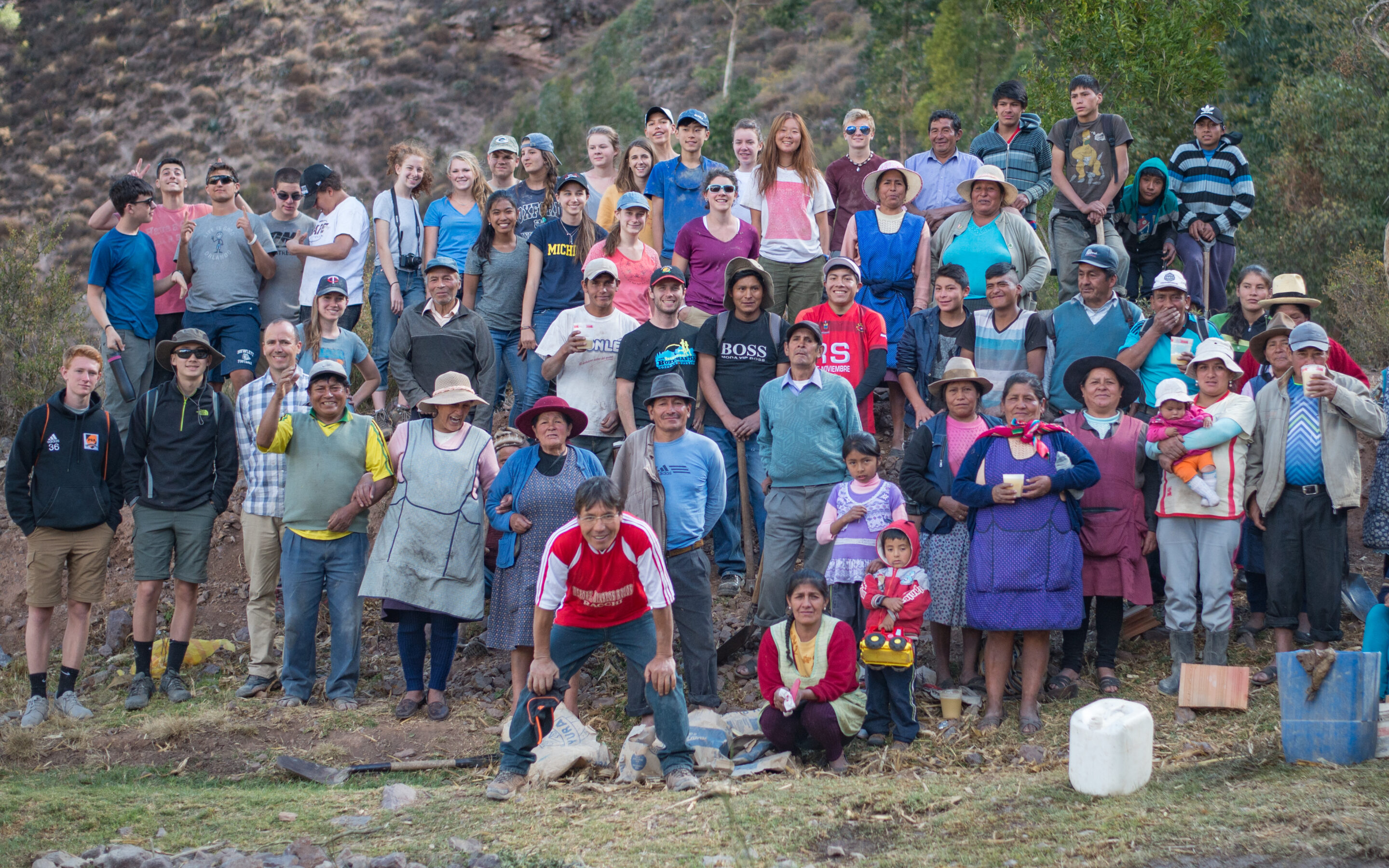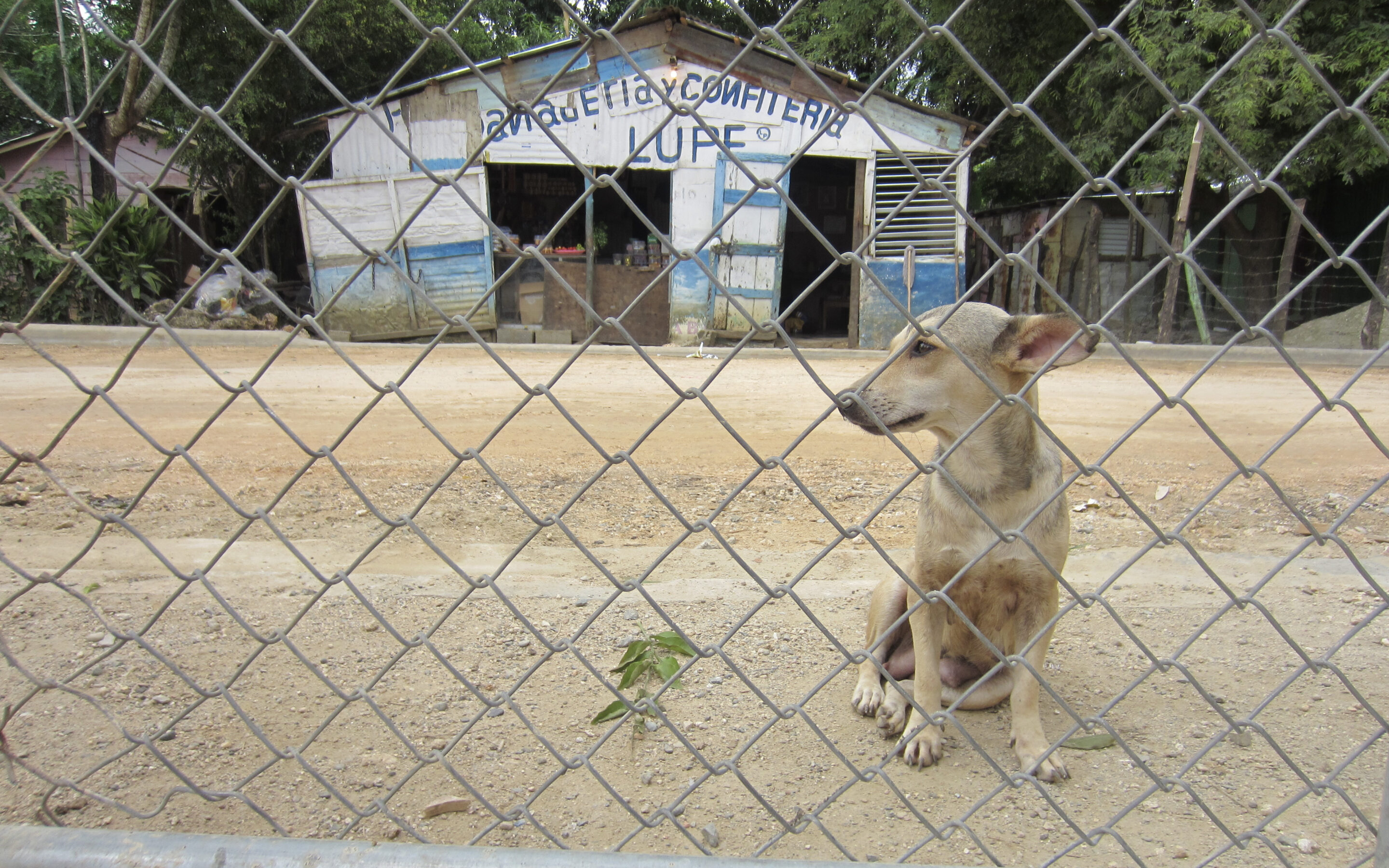 High school volunteers on our Mississippi summer program completed many great projects this summer. Students constructed community gardens with raised beds, did extensive renovations to a home damaged by Hurricane Katrina, helped with trail maintenance and other environmental service work, and more.
High school volunteers on our Mississippi summer program completed many great projects this summer. Students constructed community gardens with raised beds, did extensive renovations to a home damaged by Hurricane Katrina, helped with trail maintenance and other environmental service work, and more.
Another of the community service projects was the construction of a 15-foot nesting tower for the Chimney Swift, a bird indigenous to North America that winters far south in Peru.
The project was a success, as demonstrated by a new hatchling and a mother bird that has claimed the nest home for herself and other hatchlings still to come! The story made news in the Gulfport “Sun Herald”, and also may be read here.
By NICOLE DOW, Biloxi-Gulfport Sun Herald MOSS POINT — For weeks, video cameras in a Chimney Swift nesting tower at the Ina Thompson Moss Point City Library have captured a young pair of Chimney Swifts as they found their home in the tower and built a nest.
On Friday, the library staff discovered the arrival of the first hatchling from the two eggs resting in the nest, said branch manager Jamie Elston.
“When one of my staff members came in this morning, he noticed that the (mother bird) was off the nest and one of the eggs was not an egg anymore,” she said. “It has been exciting.”
The 12-foot tower was built last summer on the library property through collaborative efforts by the Pascagoula River Audubon Center, the VISIONS Adventure Program, and the Friends of the Moss Point Library. Man-made Chimney Swift towers promote the conservation of the species, said Mark LaSalle, director of the Pascagoula River Audubon Center.
He said the habitats of Chimney Swifts are declining with the loss of hollowed tree natural nesting sites and as residents continue to cap off their chimneys, an artificial home for the birds. The Pascagoula River Audubon Center has maintained a nesting tower with cameras for years and the Moss Point library was the first community partner to also build a tower with a camera system, he said.
Although only one egg had hatched by late afternoon on Friday, LaSalle predicted the second egg to hatch sometime later in the day.
“They always hatch pretty much close to each other,” he said.
From the television monitor capturing the video feed from the library’s tower, Elston said the first hatchling resembled a “small amorphous blob.”
“Every once in a while, it will move and so you can tell it’s a living thing,” she said. “And occasionally when (the mother bird is) in there you can see (her) feeding it.”






